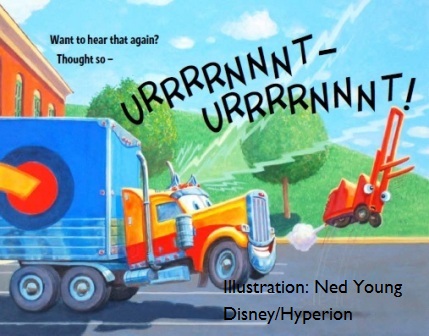Last week one of my favorite authors, Kashmira Sheth, asked me if I would like to participate in a blog tour focused on the writing process. Process can be a mystery — and even after nearly thirteen years as a writer AND after completing an MFA in Writing, I am still learning about process. Process is nearly as important as a good idea. So I said yes.
So, thank you, Kashmira. Check out Kashmira’s answers at www.kashmirasheth.com  Kashmira Sheth writes picture books, middle grade novels, and young adult fiction. Her eight books have received many awards and honors. Kashmira was born and raised in India and comes from a family of storytellers. She studied science in college but her enjoyment of reading and sharing stories nudged her into writing. Her latest picture book, Tiger in My Soup, is about sibling relationship, power of imagination and love of reading.
Kashmira Sheth writes picture books, middle grade novels, and young adult fiction. Her eight books have received many awards and honors. Kashmira was born and raised in India and comes from a family of storytellers. She studied science in college but her enjoyment of reading and sharing stories nudged her into writing. Her latest picture book, Tiger in My Soup, is about sibling relationship, power of imagination and love of reading.
Writing Process Q & A
1) What are you working on?
I’m currently working on revising a few picture books, researching for a new picture book, brainstorming a new novel idea, and planning the launch of my latest picture book IF YOU WERE A DOG with illustrator Chris Raschka (Sept. 30, FSG/Macmillan)
2) How does your work differ from others of its genre?
I think my picture books stand out because they are exactly what I would (and do) read during storytime with young children. My books are filled with opportunities to get the kids involved in the telling through actions and sounds. I’ve worked as an associate librarian storyteller since 2000 — so when I sit down to write a picture book, I am thinking about HOW the text will interact with the kids from the first word. As I write, I visualize the kids’ reaction and how I will, as the storyteller, bring them into the telling. For me, picture books are very much a drama to be acted out between reader and listener — and the whole experience requires both reader and listener to bring something to the telling to bring the words alive. Whether it’s the FLASH CRASH BOOM BOOM BOOM of a thunderstorm, the URRRRNNNT-URRRRNNNT! of a big rig’s horn, or the CRIK, CRIK, CRIK of a cricket — I am always working to bring actions and sounds into the book. Which is why I find myself not only talking aloud – but sometimes clapping, tapping, and hopping about while writing. This probably makes folks in the coffee shop wonder what I’m actually drinking…
3) Why do you write what you do?
Because it’s what is moving me at the moment. When an idea hits me — it’s overwhelming. I have to write it down. Sometimes – that’s all it is, a moment of inspiration and then it’s gone. But sometimes, the words linger and change and continue to evolve over the course of days, weeks, and even years. When the words stick with me and new thoughts keep popping into my head after the initial burst of inspiration — that’s when I start to pay attention. A sudden inspiration is fun — but it takes a bit more than that to create a full story. In the end, I write the stories that stick to me and won’t leave me be!
4) How does your writing process work?
As I said above, my process starts with a burst of inspiration. It may come in a complete sentence, or a title, or a funny question – which is what happened with my latest picture book IF YOU WERE A DOG.  A little boy came to the library. His grandma warned me that, today, he was a dog – not a boy. The dog barked at me and sort of wagged his tail. I smiled and asked him, “What sort of dog are you? Will you listen in storytime or bark?” The little dog barked, which made me laugh. And made me start to think — what sort of dog would I be? What sort of dogs had been my friends? And for that matter — what about cats? Birds? Fish? Bugs? What SORT of bug, dog, cat, fish, bird would I be? The first lines of the book popped into my head. “If you were a dog, would you be a speedy-quick, lickety-sloppidy, scavenge-the-garbage, Frisbee-catching, hot-dog-stealing, pillow-hogging, best-friend ever sort of dog? Would you howl at the moon? ARRRRROOOOOOOO! Some dogs do.” I liked that so very much that I kept playing with it and asked myself a ton of questions. They made me laugh as I thought about the type of animal I would be — and trust me — I would certainly be howling at the moon.
A little boy came to the library. His grandma warned me that, today, he was a dog – not a boy. The dog barked at me and sort of wagged his tail. I smiled and asked him, “What sort of dog are you? Will you listen in storytime or bark?” The little dog barked, which made me laugh. And made me start to think — what sort of dog would I be? What sort of dogs had been my friends? And for that matter — what about cats? Birds? Fish? Bugs? What SORT of bug, dog, cat, fish, bird would I be? The first lines of the book popped into my head. “If you were a dog, would you be a speedy-quick, lickety-sloppidy, scavenge-the-garbage, Frisbee-catching, hot-dog-stealing, pillow-hogging, best-friend ever sort of dog? Would you howl at the moon? ARRRRROOOOOOOO! Some dogs do.” I liked that so very much that I kept playing with it and asked myself a ton of questions. They made me laugh as I thought about the type of animal I would be — and trust me — I would certainly be howling at the moon.
During the inspiration phase — I also do a lot of reading. I read nonfiction books about whatever it is I’m writing about. As I wrote IF YOU WERE A DOG, I remember I brought books about birds of prey, bugs, and frogs home. I wanted to immerse myself in the language of those animals so I would be thinking about what it might really be like to be a fish, a cat, a bug, etc…
Once I have the inspiration and the research part down – the real work begins. Inspiration is great – but picture books have a very specific format – pace, structure, page limit – so I spend a lot of time visualizing the final book. Where would I want to turn the page? Does the ending satisfy the beginning? Is it too long? Too short? Are there enough opportunities for an illustrator to be inspired too? (It’s not enough that I’m inspired — there MUST be space for an illustrator to play and dream and be inspired too).
After all of that — I read aloud, take the book to my critique group, and continue to revise until I think it’s good enough to become a real book. Once it gets to that point — I start sending it off into the real world and hope, and hope, and hope that someone else sees what I see and will turn it into a book that I can share in storytime.
That’s about it for me! But, as I said — every writer has a slightly different approach. In the end, there’s no right or wrong. If it works, it works. If you’d like to learn more about process — follow this blog tour to the next two stops:
Robin Stevenson is the author of sixteen novels for teens and children, including the 2014 Silver Birch Award winner Record Breaker, 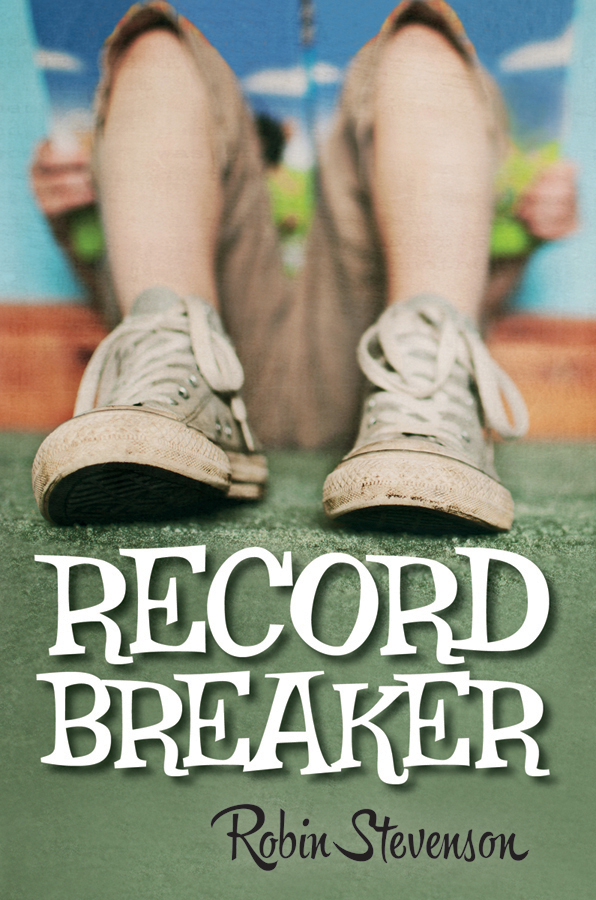 the Governor General’s Award finalist A Thousand Shades of Blue, and the ALA Rainbow List selection, Inferno. Robin was born in England, grew up mostly in Ontario, and now lives on the west coast of Canada with her partner and their ten year old son. She writes, edits, and teaches creative writing classes for people of all ages. Robin loves hearing from readers and can be reached through her website at www.robinstevenson.com
the Governor General’s Award finalist A Thousand Shades of Blue, and the ALA Rainbow List selection, Inferno. Robin was born in England, grew up mostly in Ontario, and now lives on the west coast of Canada with her partner and their ten year old son. She writes, edits, and teaches creative writing classes for people of all ages. Robin loves hearing from readers and can be reached through her website at www.robinstevenson.com
Elizabeth Fixmer became passionate about writing for children during her twenty years as a child psychotherapist in Denver. In her practice  she used middle-grade and young-adult novels extensively to help children identify with characters, and equip them with a vocabulary to express their own thoughts and feelings. Elizabeth was so enamored with writing that she returned to school and obtained a second master’s degree: an MFA in Writing for Children and Young Adults (Hamline University, St. Paul, Minnesota). She loves conducting workshops and presentations. www.elizabethfixmer.com
she used middle-grade and young-adult novels extensively to help children identify with characters, and equip them with a vocabulary to express their own thoughts and feelings. Elizabeth was so enamored with writing that she returned to school and obtained a second master’s degree: an MFA in Writing for Children and Young Adults (Hamline University, St. Paul, Minnesota). She loves conducting workshops and presentations. www.elizabethfixmer.com
Like this:
Like Loading...
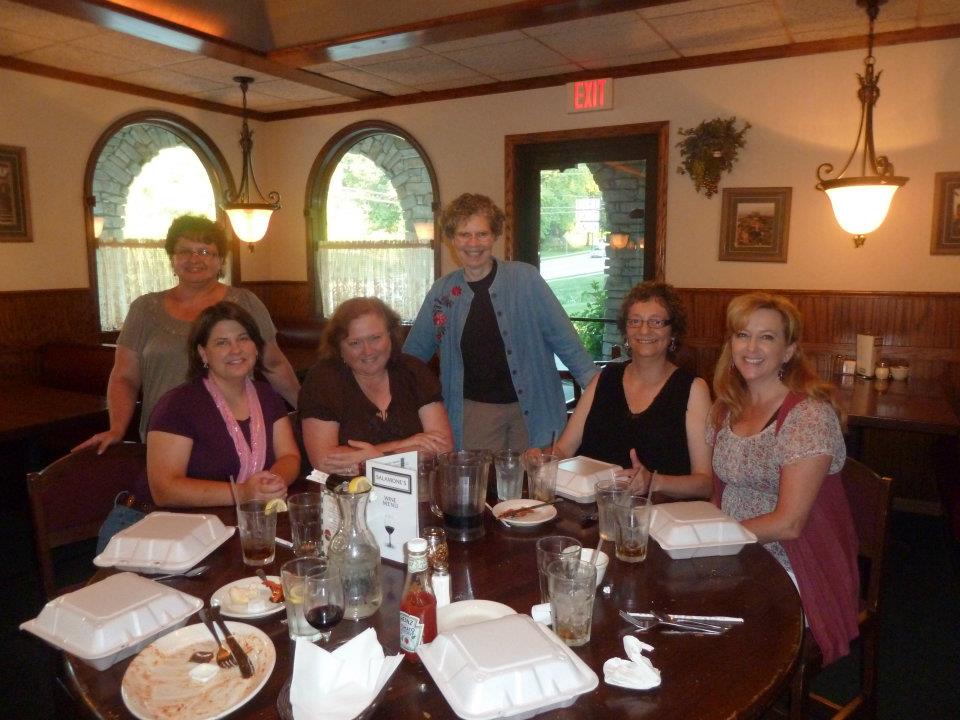


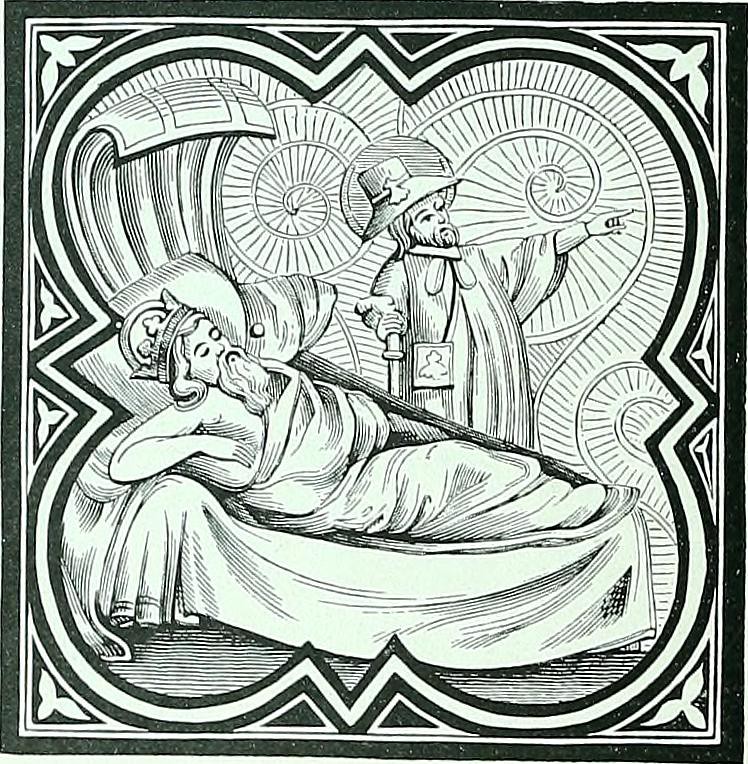
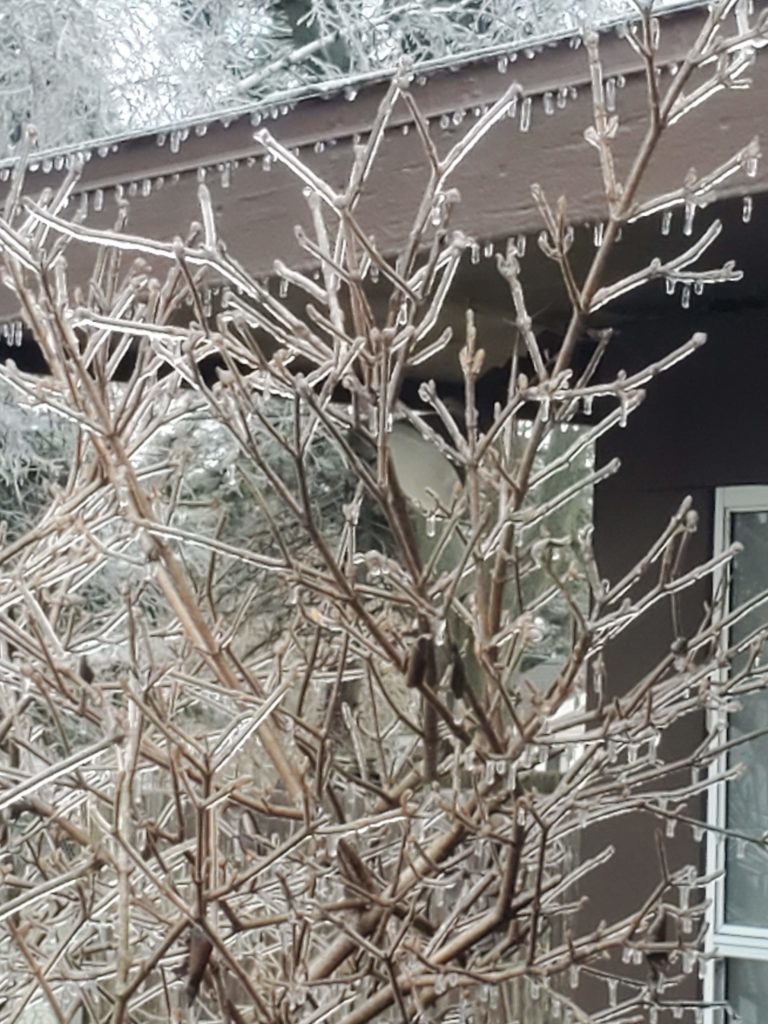

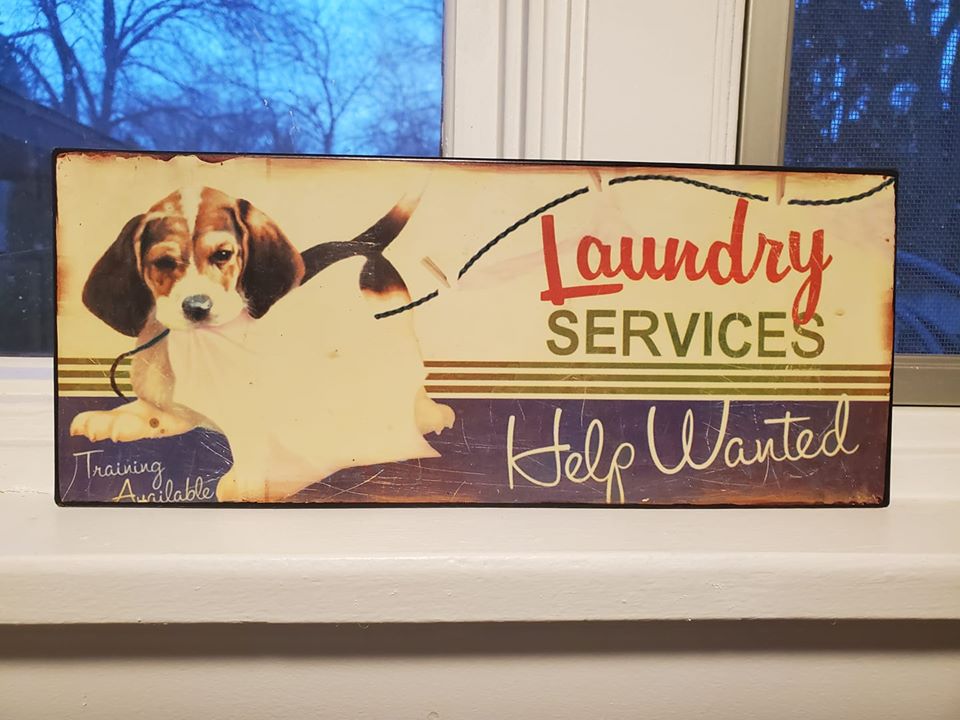
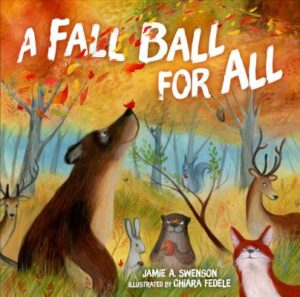




 the truck from my book BIG RIG could be awesome pajamas. Also, I would vote for Fred (the bear from my book BOOM! BOOM! BOOM!) as a charming sheet set.
the truck from my book BIG RIG could be awesome pajamas. Also, I would vote for Fred (the bear from my book BOOM! BOOM! BOOM!) as a charming sheet set.
